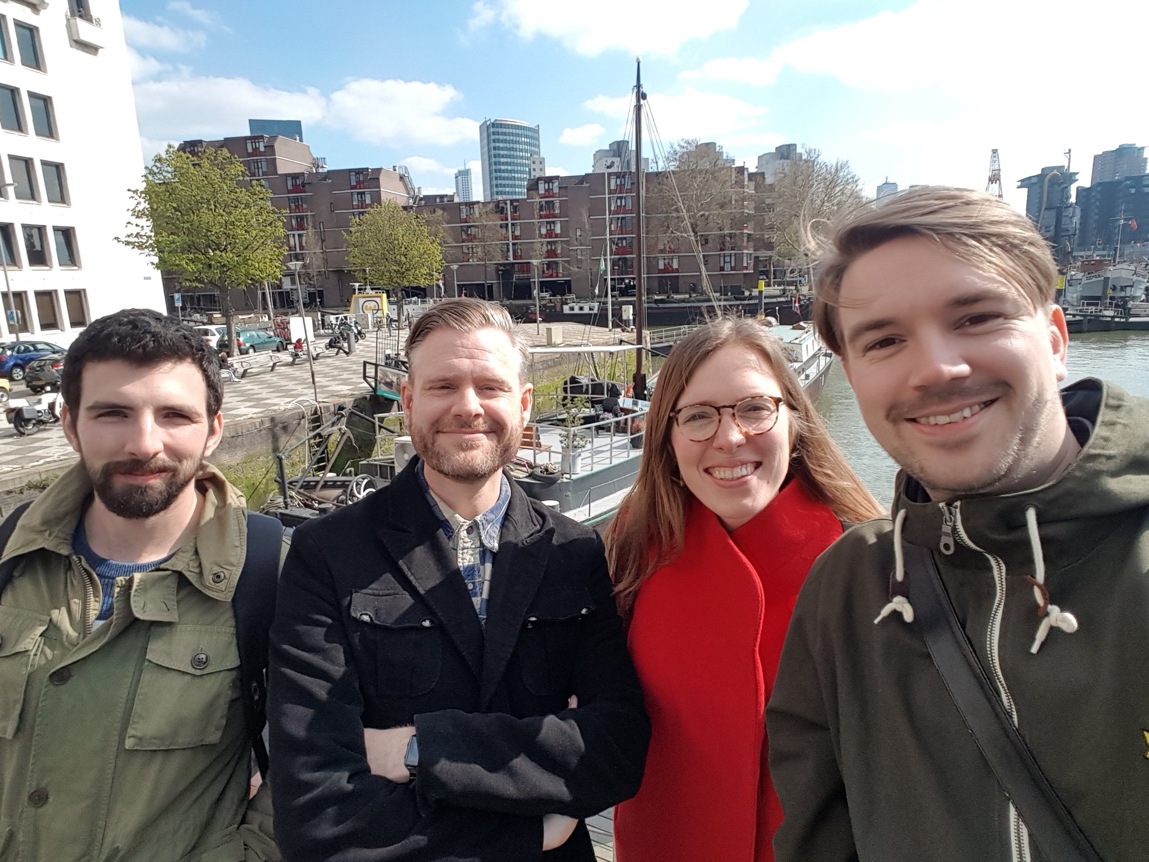Travel Grant Report by Amy Orben
09.05.2019, by Tina Keil in grant report
University of Oxford, UK; Research visit to the Technical University of Eindhoven, The Netherlands

With the generous support of the European Association of Social Psychology, I was able to spend the beginning of 2019 visiting the lab of Dr Daniël Lakens at the Technical University of Eindhoven, situated in the south of The Netherlands. My time with the group was not only productive, but also inspiring and motivational. Their tight-knit research team of five, which investigates a broad range of topics regarding meta-science, statistics and improving psychological research practices, continually challenged my thinking and confronted me with new perspectives. I will pleasantly remember long train rides or afternoons outside discussing diverse topics ranging from Registered Reports and the building of an Open Science community to incentives in academia and replications.
I started my research visit wanting to develop methodologies to improve the utilisation of large-scale data in social psychology – with methods of neuroimaging as an inspiration. In my reading before joining the group I repeatedly came across the so-called “crud factor”, used in many different instances to describe and criticise large-scale studies (Meehl, 1990). The concept of the crud factor has been experiencing increased popularity in the research literature: used by psychologists to describe how “everything should correlate with everything else” in observational research. The existence of the crud factor questions the basics of Null Hypothesis Significance Testing, as we often assume that we can test our hypotheses against an absolute null (e.g. there is no correlation between X and Y). Furthermore, it challenges those researchers making grand claims on the basis of statistically significant but absolutely tiny effects, which they often find when analysing observational datasets with a great number of participants.
In the first weeks of my stay in Eindhoven, having read many commentaries about the “crud factor” in detail, it came to my attention that the use of the crud factor by scientists is glaringly inconsistent. There is no common definition of the concept available. This is a problem as everyone defines it in the way that is most convenient for them, making the concept rather meaningless in the process. I decided to perform a systematic review, reading and evaluating all research articles, books and theses that have included the crud factor in their writing since its conception. My evaluation of these ~200 pieces of work supported my initial idea that the crud factor was being used in a wide range of different ways and with different definitions throughout psychology. I therefore spent my remaining time in Eindhoven writing a commentary mapping the use of the crud factor in the research literature to date. The paper also provides a common definition of the concept and proposes recommendations about what could be done to improve the use of the crud factor in future. My plan is to pre-print the commentary in the next month, after receiving comments from a handful of researchers in the area.
I am hugely thankful for EASP in providing me with this inspiring opportunity.
Works completed
- Orben, A., & Lakens, D. (2020). Crud (Re)Defined. Advances in Methods and Practices in Psychological Science. doi: 10.1177/2515245920917961